Live Without Eczema
The Handbook for Younger Children and their Parents
Part 2 - The Treatment Programme
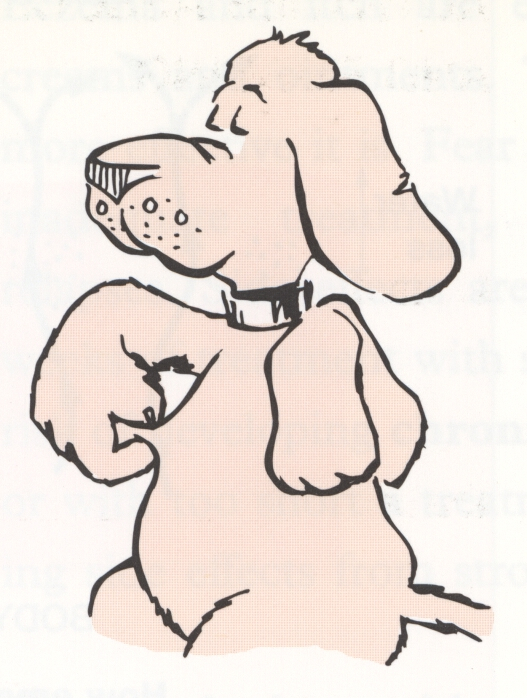
2.1 The Three Levels of Treatment
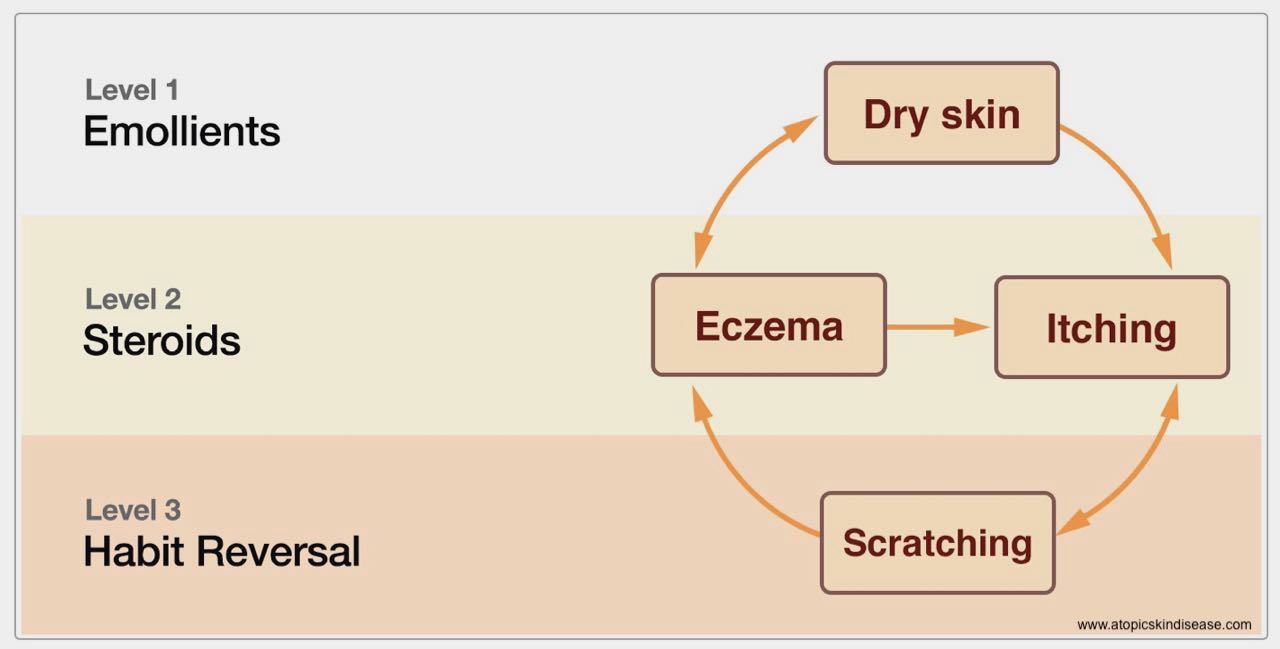
Level 1
The dry skin should be treated consistently, so that it never becomes dry. This is especially important with eczema on the face and neck.
Level 2
Eczema and itch should be treated aggressively with potent steroids.
Level 3
Scratching is treated with discipline.
Level 1: Emollients
Atopic skin becomes dry because it is abnormally porous.
Dry skin must be treated with emollient, which prevents water loss and lubricates the skin. It is especially important to use emollients frequently at the beginning of treatment. The more inflamed, thickened and dry the skin is, the more often an emollient must be used. The more frequently emollient is used early in the programme, the less it will be needed later.
The drying of the skin will be affected by changes in the environment, and bodily function — know when more emollients will be needed!
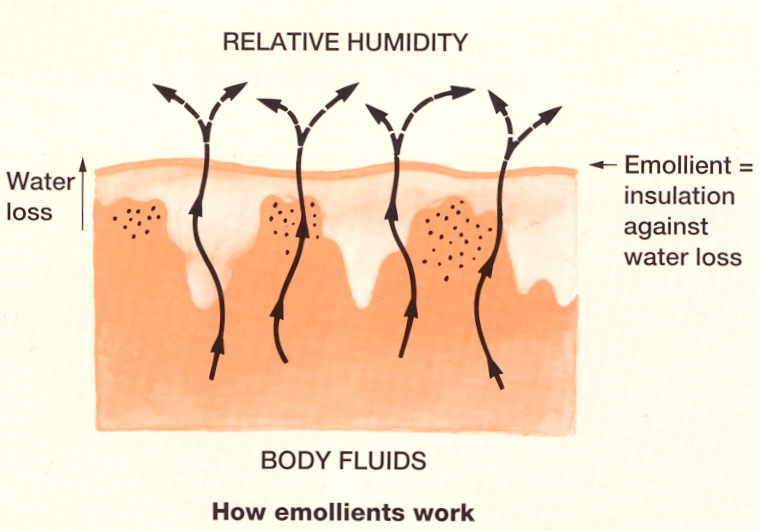
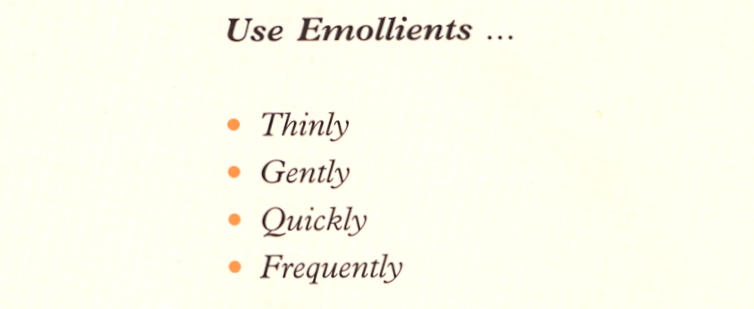
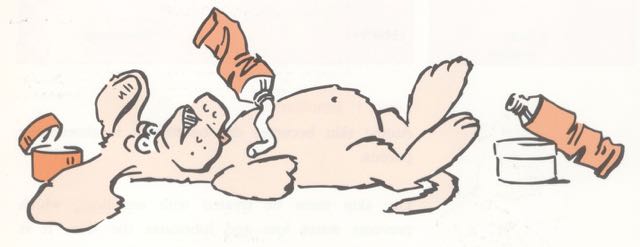
The drying of the skin will be affected by changes in the environment, and bodily function — know when more emollients will be needed!
2.3 Level 2: Steroids
Eczema and itch are effectively treated by steroid creams and ointments. The stronger the steroid the more effective it is. Fear of side-effects often results in inadequate treatment, with frequent and rapid relapses. Side-effects are not seen until after MANY weeks of treatment with strong steroids. There is more risk of developing chronic eczema with weak steroids, or with too short a treatment period, than of developing side effects from strong steroids.
How topical steroids work
The healing with topical steroids is in two stages. When the skin first looks good there is still some hidden healing to accomplish:
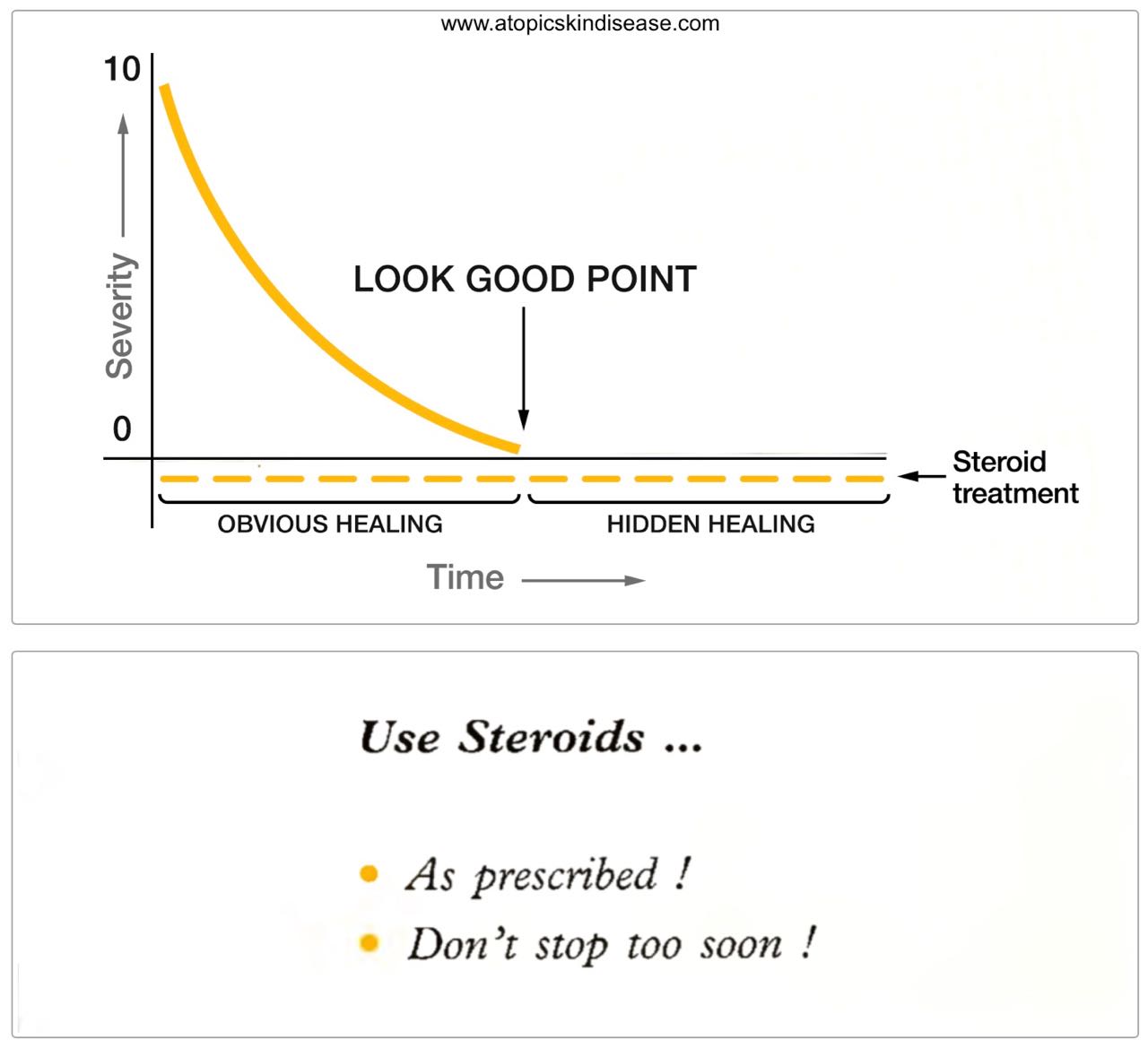
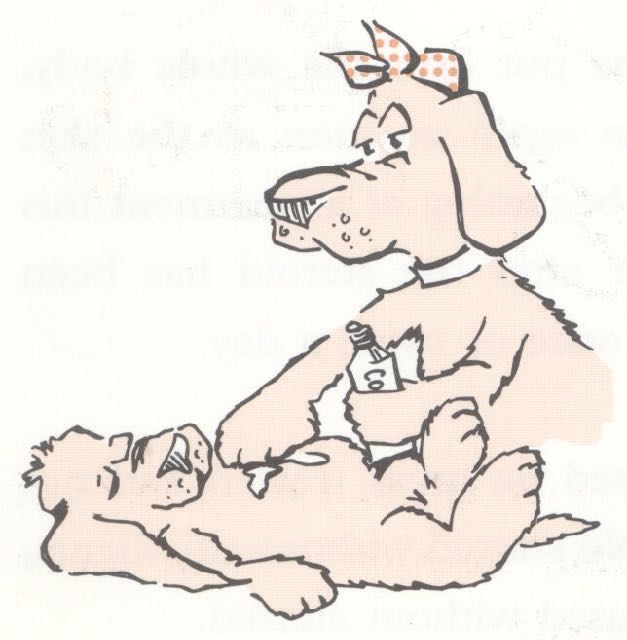
2.4 The use of creams
• All topical treatments must be used consistently — in a planned way. The application must be brisk and without any unnecessary massage. The steroid should be applied morning and/or evening, and the emollients are used as often as is necessary to prevent the skin from drying.
• The amount of cream that is used depends upon the area treated and how dry the skin is. After treatment the skin should not feel sticky... only a shine is required!
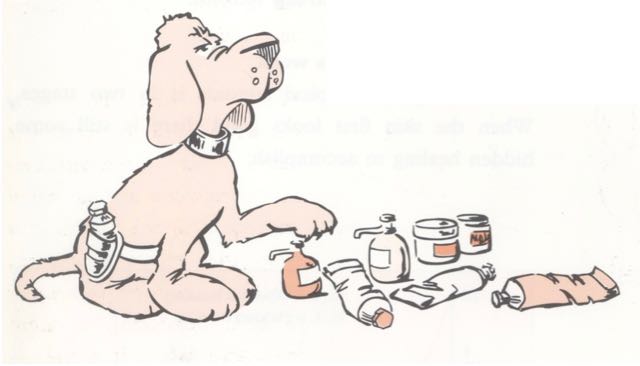
• Apply the steroid on all areas affected by eczema.
• Then emollient can be put over the whole body, and should be put on again as soon as the skin begins to dry. At the beginning of a treatment this could mean one hour after the steroid has been used — later on only once or twice a day.
• Emollients are thus used on areas treated and not treated with steroids. No steroid without emollients, but emollient can be used without steroid.
2.5 Level 3: Habit reversal
How do we change behaviour?
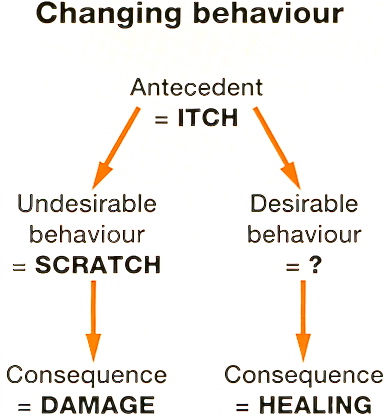
If the antecedent* of an undesirable behaviour is followed instead by a new behaviour that is incompatible with the old behaviour, the undesirable consequences of the old behaviour will be avoided. The new and desirable consequences then reinforce and establish the new behaviour.
Habit reversal is the name given to the technique that we use to change habitual scratching behaviour …
First of all ... Scratching because of itching
Itch can easily be controlled without damaging the skin by teaching the child to PINCH where it is itching, or to press a nail into the skin.
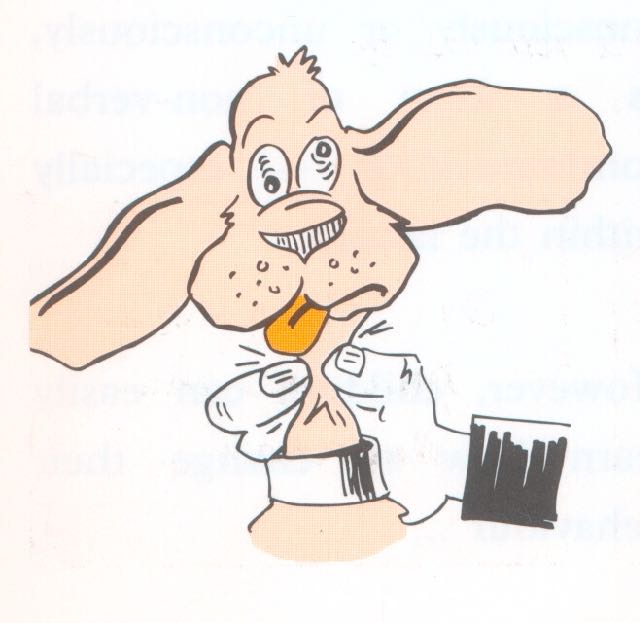
The child will then also have an opportunity to help him/herself.

This new behaviour is particularly important at the beginning of treatment as itch is then at its worst.
Reinforce this adaptive response with support and encouragement.

Next ... Scratching because of habit and circumstance
Introduce new behaviours incompatible with scratching and rubbing.
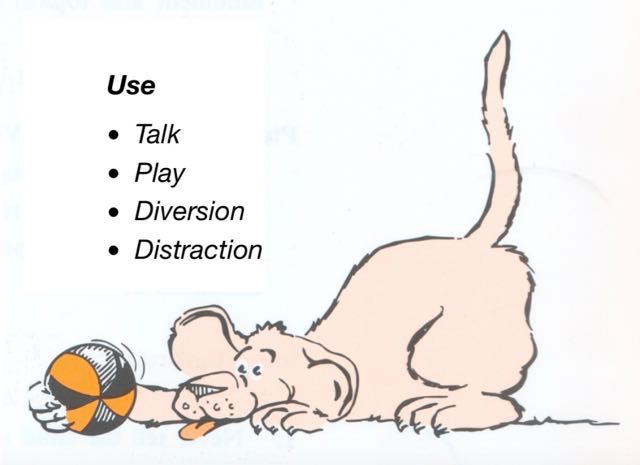
- Dispense with unessential provocative situations for the duration of the programme: this removal of *antecedents to any habitual behaviour is the fastest form of habit reversal!
- Adapt essential difficult activities by

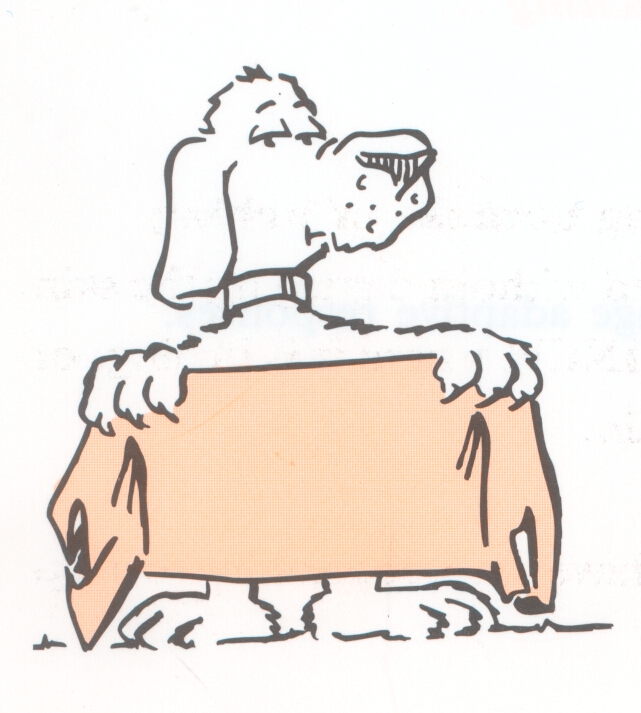
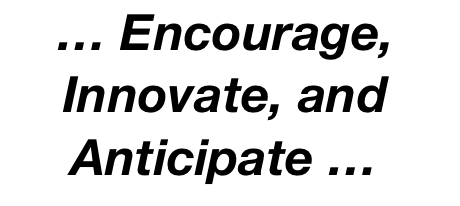
The Programme
Phase One: all three levels
- For the first four days all three levels must be used intensively. Constant supervision is needed day and night.
- A plan is useful. Everyone involved should understand what is required.
- A list of suggestions for Level 3 will be helpful.
Phase two: Levels 1 and 2 especially
- Emollient and topical steroid treatment for up to six weeks.
- Gradually vigilance at Level 3 can be relaxed.
Phase Three: Level 1 ... + Vigilance
- Once healing is thorough, only emollient treatment is continued, though not necessarily indefinitely.
Vigilance for the symptoms and signs of any relapse continues ...
Important rules
1. Never tell the child to stop scratching.
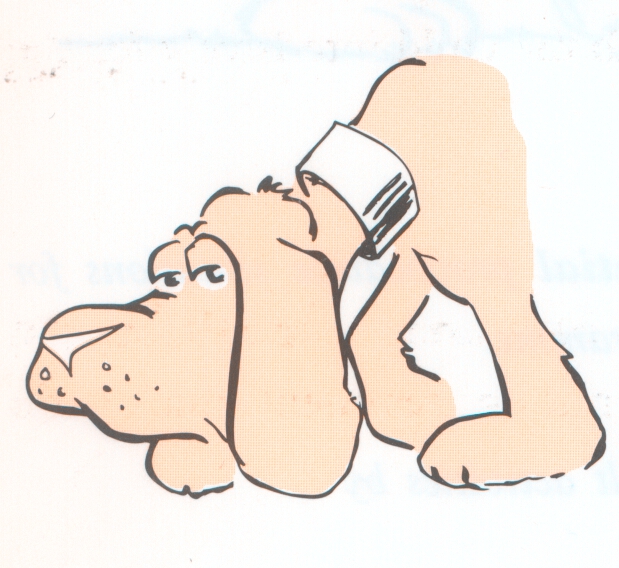
Never say: Stop scratching !!!
2. Support and encourage adaptive responses.

Give support!
3. Prepare yourself for difficult situations - plan ahead. For example decide what to do after the shower, and topical treatments.
Be aware of difficult situations. Play, talk ...
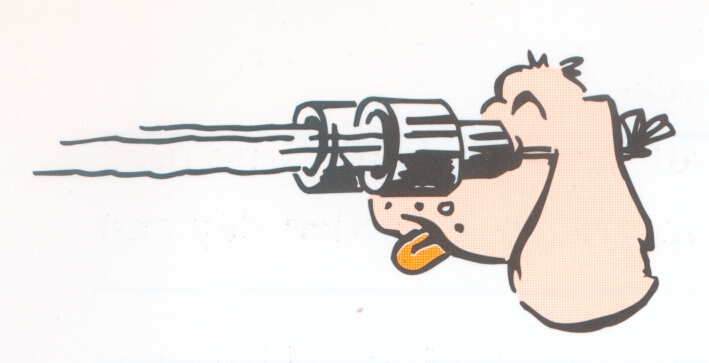
Be aware of difficult situations
4. Try actively to distract the child if it begins to scratch. Talk, play ...
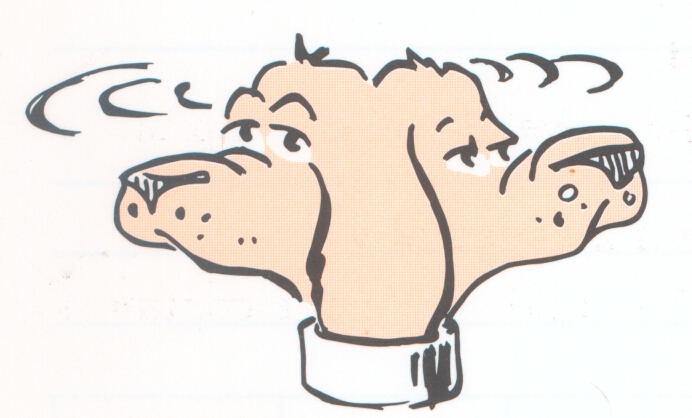
Use distraction
5. Never put on a cream or ointment later than 20 minutes before going to bed.
6. During the first four days, never leave the child alone, even for a second in difficult situations.
Practical tips
1. Undressing and putting on creams and ointments
The child must not do this alone. talk and play when undressing the child. Treat quickly. Put on clothes straight away and play with the child intensively for the following 10 minutes.
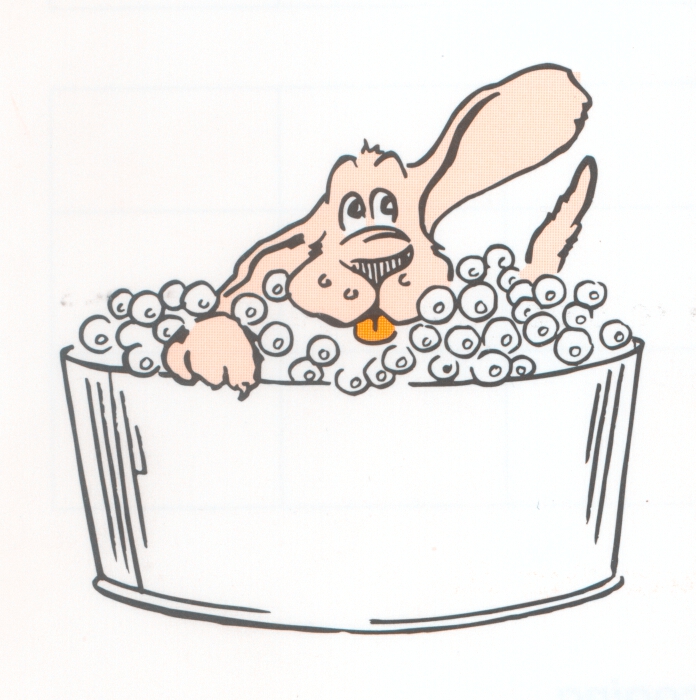
with you
2. Shower or bath
Undress quickly, take the bath under supervision, pat the skin dry with a towel, put on treatment quickly, do something together.
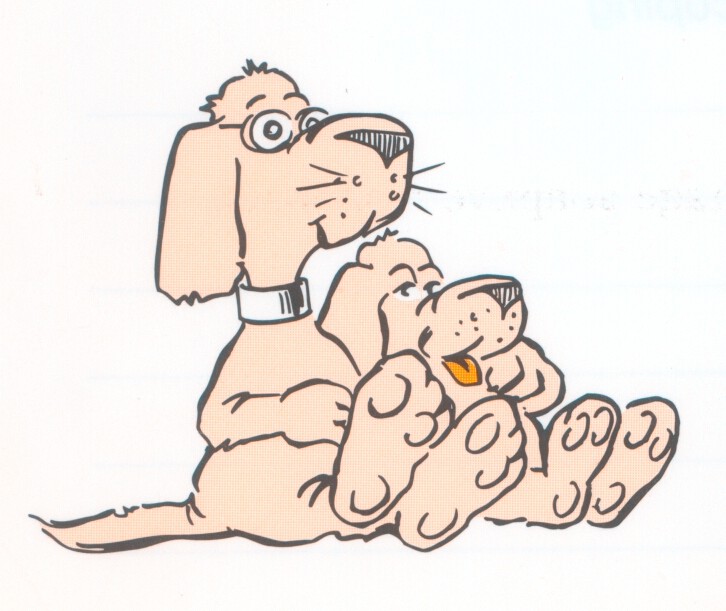
3. Television
Sit with the child, holding its hands.
4. Nights
Night-time scratching diminishes as scratching stops during the day.
Write down the plan on the Treatment Schedule - see below - and remember to bring it with you to your next appointment for review
Click here for your Treatment Schedule
Complete the upper part of the schedule with your practitioner.
The lower part is for you to use. There is a space for the plan for difficult situations. Decide in advance what needs to be done, and write it down.
Please Note: The 4 weeks of homework described above need now to be completed before starting Part 3.
It will be useful after 1 week of Part 2 to have a review of progress.
There is no extra handbook for this review.
Part 3 of the handbook starts the follow-up phase, after completing the Part 2 Treatment Programme
💡Bookmark to your home screen💡
![]()
